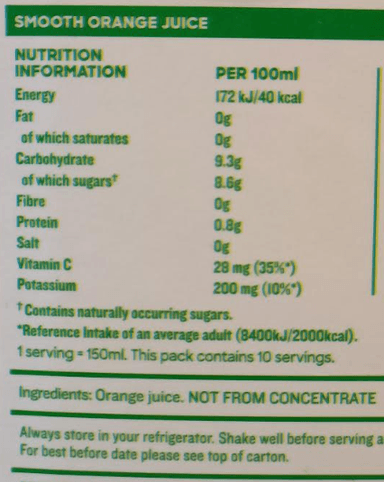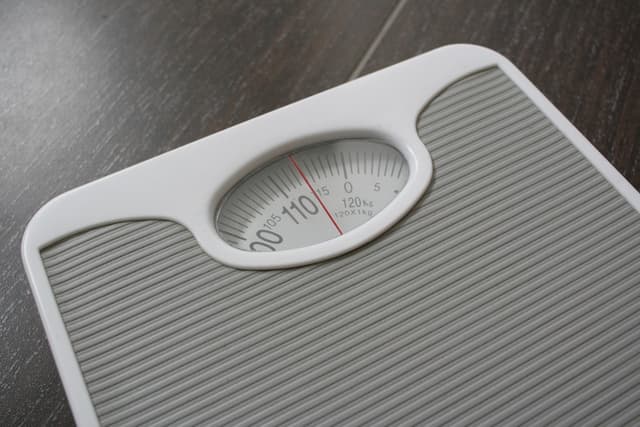Imbalanced diet: obesity
I can explain the effects on the human body of consuming too much food.
Imbalanced diet: obesity
I can explain the effects on the human body of consuming too much food.
These resources will be removed by end of Summer Term 2025.
Lesson details
Key learning points
- Not consuming a balanced diet can lead to ill health.
- Body mass index (BMI) is calculated from a person’s height and body mass.
- Consuming too much food can cause BMI to become too high, and lead to obesity.
- Effects of obesity on the human body.
- Obesity can increase the risk of developing other health issues, including heart disease.
Keywords
BMI - Body mass index (BMI) is a measure that compares your weight and height to assess whether they are in a healthy proportion.
Obesity - When someone has a BMI of 30 or above.
Coronary heart disease - A condition in which the coronary arteries become blocked.
Type two diabetes - When a person cannot control their blood sugar levels.
Common misconception
We should not eat fat.
Fat makes up an important part of our diet. We use it as a store of energy and to make cell membranes.
To help you plan your year 8 science lesson on: Imbalanced diet: obesity, download all teaching resources for free and adapt to suit your pupils' needs...
To help you plan your year 8 science lesson on: Imbalanced diet: obesity, download all teaching resources for free and adapt to suit your pupils' needs.
The starter quiz will activate and check your pupils' prior knowledge, with versions available both with and without answers in PDF format.
We use learning cycles to break down learning into key concepts or ideas linked to the learning outcome. Each learning cycle features explanations with checks for understanding and practice tasks with feedback. All of this is found in our slide decks, ready for you to download and edit. The practice tasks are also available as printable worksheets and some lessons have additional materials with extra material you might need for teaching the lesson.
The assessment exit quiz will test your pupils' understanding of the key learning points.
Our video is a tool for planning, showing how other teachers might teach the lesson, offering helpful tips, modelled explanations and inspiration for your own delivery in the classroom. Plus, you can set it as homework or revision for pupils and keep their learning on track by sharing an online pupil version of this lesson.
Explore more key stage 3 science lessons from the Diet and exercise unit, dive into the full secondary science curriculum, or learn more about lesson planning.

Equipment
Content guidance
- Depiction or discussion of sensitive content
- Depiction or discussion of mental health issues
Supervision
Adult supervision required
Licence
Starter quiz
6 Questions


Exit quiz
6 Questions





